The Massachusetts Bay Colony was founded in 1630 by Puritan settlers sailing from England, establishing the first major British settlement in New England.
Unlike other early English colonies, the Puritans who settled the Massachusetts Bay Colony emigrated intentionally to create a religiously oriented commune in the New World governed by their congregationalist church model rather than profit-focused ventures.
The colony was centered around present-day Boston, later expanding dozens of settlements across Massachusetts and beyond.
Religious education and governance played a central role in daily life within the villages of the colony, guided by Governor John Winthrop’s vision to build a “city upon a hill” modeled after biblically inspired ideals.
While internal dissent, native tribe conflicts, and tension with England posed challenges, the industrious and tight-knit Puritan communities drove rapid population and economic growth.
Over its first fifty years, the Massachusetts Bay Colony exerted broad influence across New England as more Puritans immigrated.
Despite the eventual loss of its charter, the colony had firmly established the religious, educational, and self-governing foundation of what would become the Province and eventual State of Massachusetts.
Founding the Massachusetts Bay Colony
The Massachusetts Bay Colony traces its origins to 1628 when a group of prominent Puritan businessmen led by John Winthrop obtained a charter from King Charles I to establish a colonial settlement in New England.
However, here is the basic information about the founding of this colony:
Origins and Charter
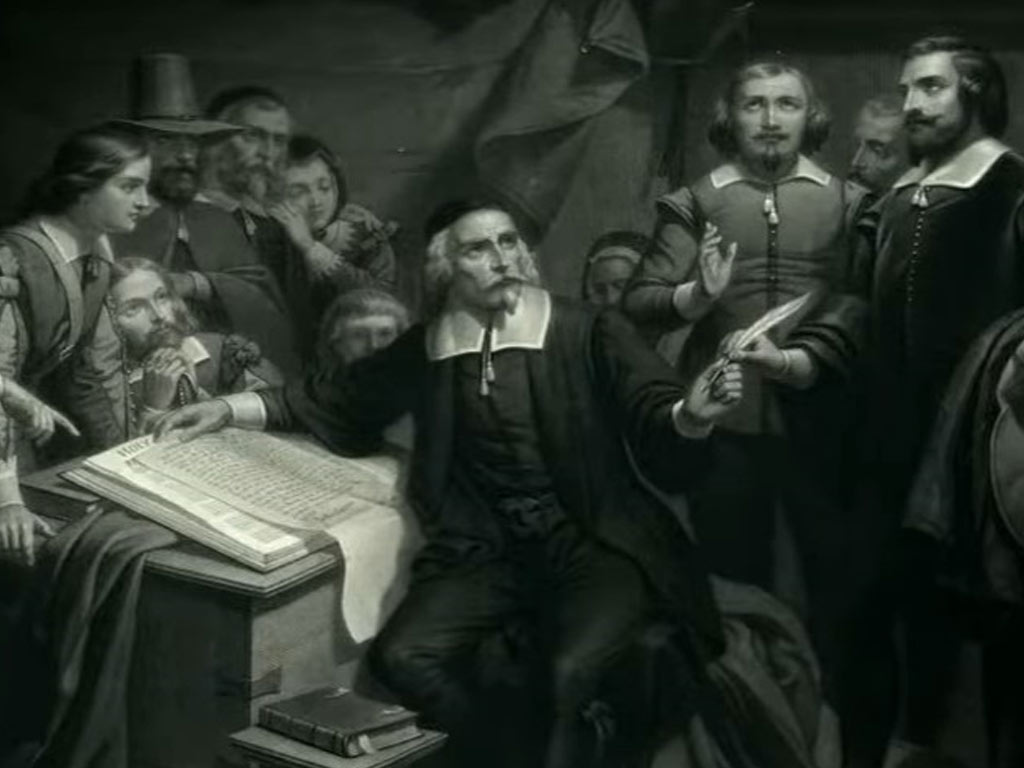
The Massachusetts Bay Colony traces its beginnings to 1628 when a group of prominent Puritan business leaders led by John Winthrop obtained a charter from King Charles I to establish a colony in New England.
While the charter was for trade and land development, the Puritans intended to build a religious society governing itself by biblical ideals in the wilderness.
Establishing Settlements

In 1630, Winthrop assembled a fleet of ships carrying 700 Puritan settlers to realize their ambitions, sailing to New England to found the Massachusetts Bay Colony.
They initially constructed a settlement on the Shawmut Peninsula, establishing the foundations of what would become the city of Boston.
Structure and Governance

The Massachusetts Bay Colony was structured as a self-governing company led by Governor Winthrop and his assistants, rather than controlled by the English crown.
Local rule was authorized through a General Court of deputies elected by male Puritan church members. This system reflected the religious communalism guiding the migrants.
Early Challenges
In the colony’s first decade, settlers faced severe hardship during the harsh winters, suffering from disease and shortages of food and adequate shelter. However, through strong faith and community support, the Puritans persevered.
Rapid Expansion
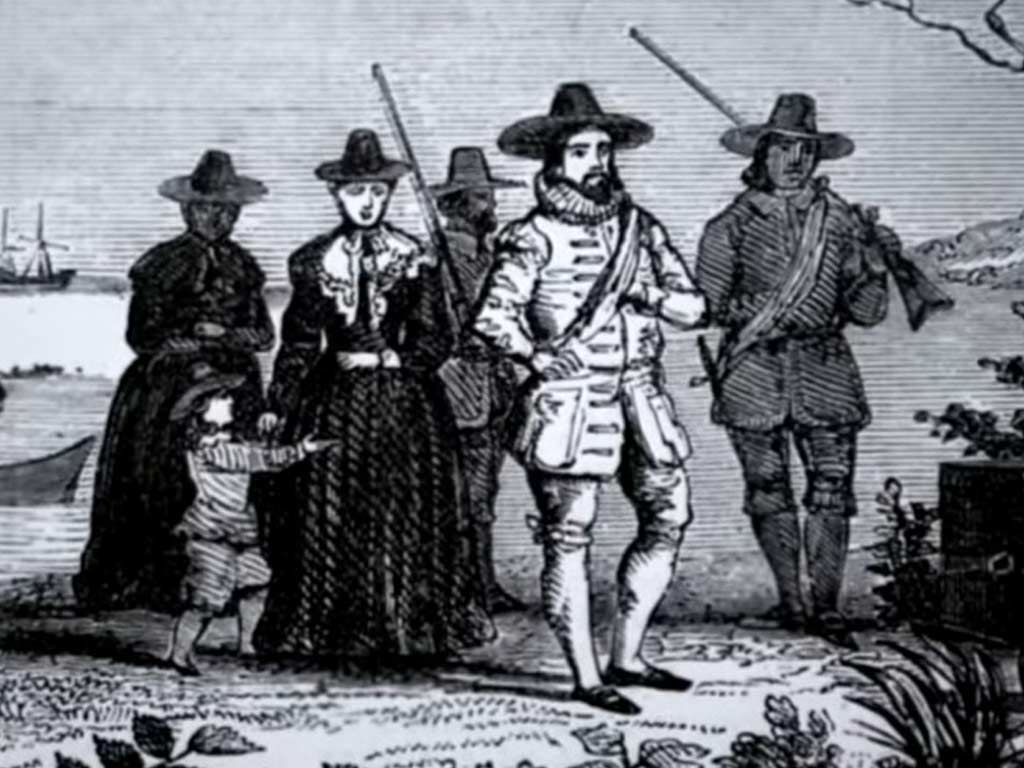
By 1640, the Massachusetts Bay Colony underwent vast expansion as some 20,000 Puritan immigrants arrived in New England.
This population boom created thriving trade and agricultural surplus, increasing the colony’s economic viability and influence across the region.
Legacy and Impact
Despite initial struggles, the Puritan settlers laid the lasting cultural, economic, and social foundation for colonial Massachusetts and beyond.
Their industrious, tight-knit, self-determined religious communities drove growth that shaped New England.
Environment and Geographics Situation in Massachusetts Bay Colony
Here is an overview of the environment and geographic situation of the Massachusetts Bay Colony:
Climate and Geography
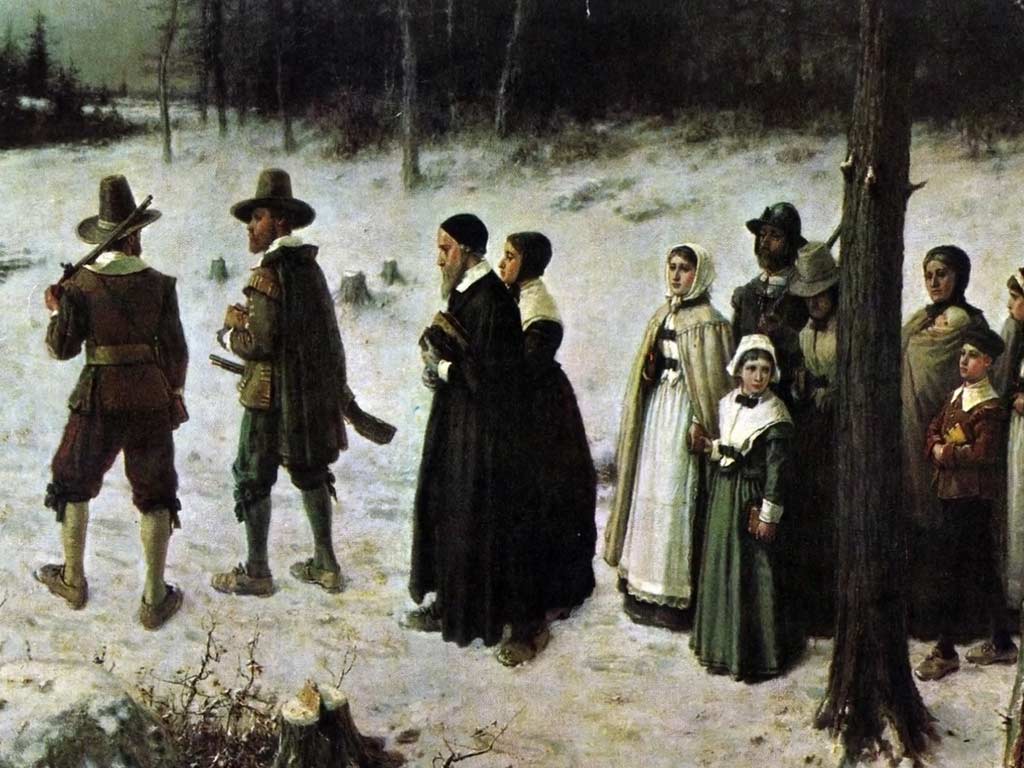
The Massachusetts Bay Colony was centered around the Shawmut Peninsula, with its capital Boston later established there. It gradually expanded to encompass Essex, Middlesex, and lands south.
The climate featured harsh, cold winters and fertile summers. Much old-growth forests and hilly inland terrain existed along the coasts.
Native Tribes
The area was originally inhabited by native tribes like the Massachusett and Wampanoag peoples.
Relations with natives began amicably through trade but deteriorated over colonial expansion and cultural clashes, culminating in violent conflict.
Natural Resources

Lush forests provided lumber for building, fuel, and naval products traded back to England. The cold coastal waters teemed with marine wildlife like cod, supplying food and exports.
INTERIOR land was fertile ground for farming crops and livestock vital for the growing colonial population.
Harbors and Waterways
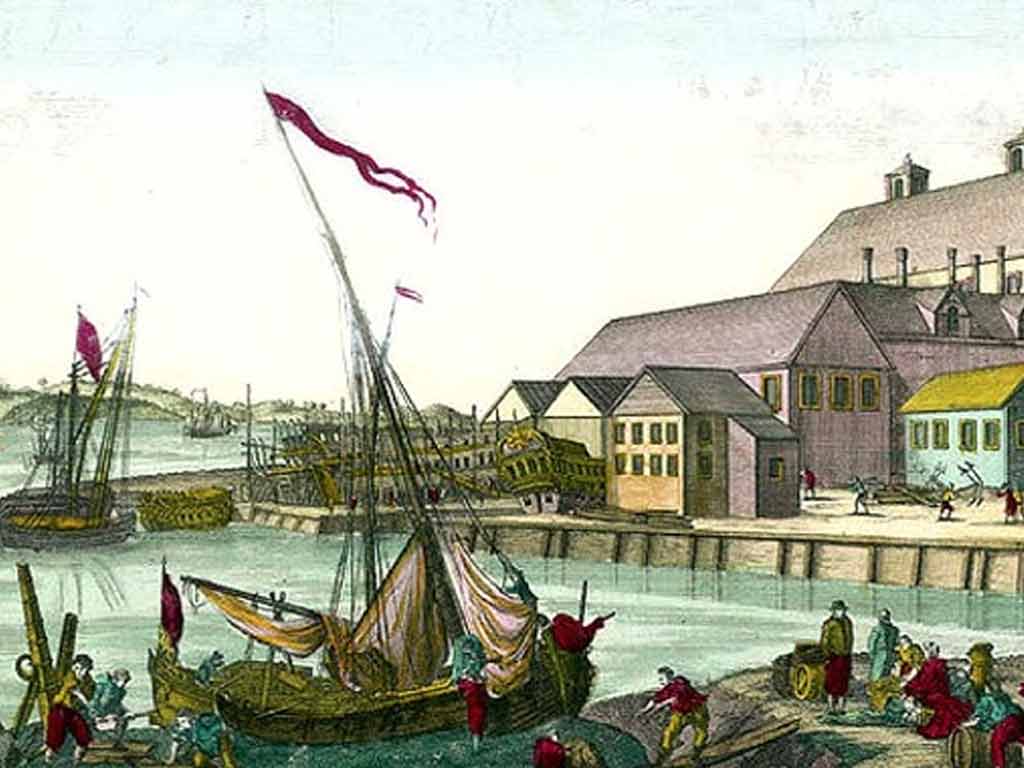
The colony’s position along the Atlantic seaboard facilitated marine trade.
An extensive network of rivers, harbors, and bays like Massachusetts Bay and Boston Harbor enabled crucial shipping routes for communication, supplies, and fishing, the lifeline of the burgeoning Puritan settlements.
So in summary, the Massachusetts Bay Colony’s situation provided vital natural advantages but also conflict with native peoples as the Puritans expanded beyond the Shawmut Peninsula to fuel rapid colonial development.
Daily Life in Massachusetts Bay Colony
People always have a curiosity about daily life in the Massachusetts Bay Colony. Here is an overview of daily life in the Massachusetts Bay Colony:
Religion and Work Ethics

Religion permeated most aspects of daily life in the Puritan settlements. Rigorous devotion, Bible study, and Sabbath observance were mandatory.
Hard work was considered a godly virtue, with idleness frowned upon. Life largely revolved around church and scripture.
Social Customs
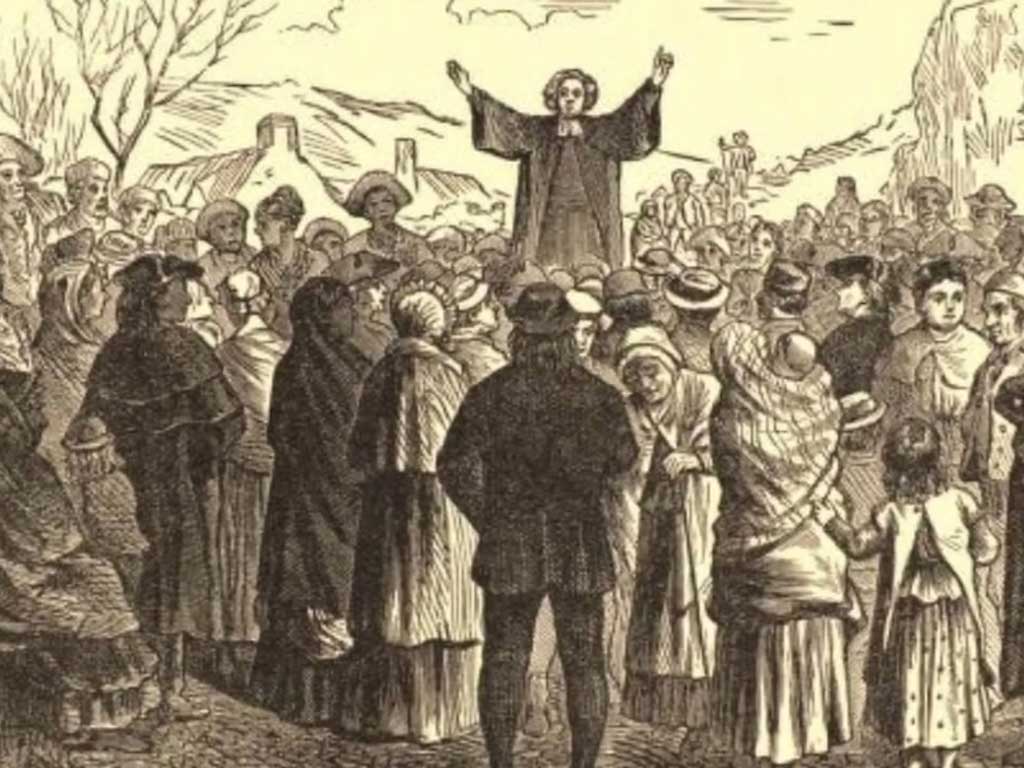
Strict moral codes maintained order in the tight-knit communities. Courts enforced penalties for misdeeds like drunkenness, adultery, and blasphemy.
Households focused on child-rearing and family duties divided by gender. Recreation centered around religious gatherings, not leisure.
Food and Cuisine

Farming centering on corn, beans, vegetables, and livestock provided basic sustenance, supplemented by game meat and harvested fish.
Stews, porridges and baked fare made for modest, nutrition-focused colonial meals washed down with beer, cider, and milk.
In short, religion mandated simple, pious living devoted to worship and work within the growing Puritan villages and homesteads of the Massachusetts Bay Colony every day.
Homes and Villages
Rustic one-room wood homes buffered by fireplaces dominated Puritan villages, which also featured meeting halls, watchtowers, small farms, and markets.
House interiors crammed large families together with sparse furniture and amenities through harsh winters.
Economy and Trade in Massachusetts Bay Colony
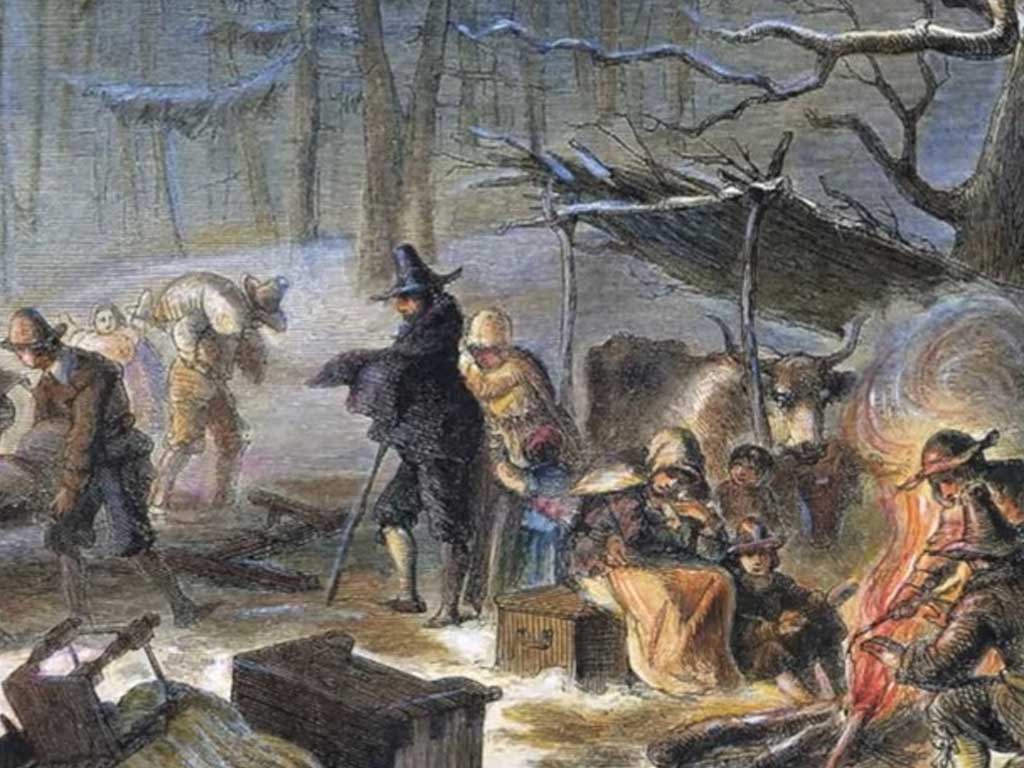
The economy of the Massachusetts Bay Colony transformed from fledgling subsistence to booming expansion over its first decades of existence.
Propelled by abundant natural resources and waves of Puritan immigrants, early financial hardship soon gave way to thriving harbors, mills, exports, and mercantile trade.
At first, the Puritan settlers largely depended on agriculture, fishing, livestock, and harvested lumber for basic survival in the harsh New England environment.
Clearing forests for farmland while enduring long winters with primitive shelter tested their resilience. Many relied on supplies from England until local output could sustain them.
However, the Great Migration inundation rapidly boosted colonies like Massachusetts Bay in the 1640s. Some 20,000 new colonists brought manpower, capital, and demand, along with better crop yields and livestock.
Surpluses of goods like grain, cattle, fur, and timber created commerce exporting back to England. Merchant ships filled expanding colonial harbors. Sawmills and ironworks sprung up.
Historical Significance of Massachusetts Bay Colony

As one of the first English settlements in New England, the Massachusetts Bay Colony overcame early struggles to have an outsized influence on the course of American history over the next three centuries.
Its legacy ranges from establishing the nuclei of future colonial and state power to pioneering lasting models of self-governance, education, and religious freedom that shaped the national character.
Seeding Massachusetts and New England Prominence
The capital Boston and surrounding settlements founded by the colony formed the political, economic, and cultural cores of future central Massachusetts.
It facilitated further settlements expanding through states like Connecticut, New Hampshire, and Maine.
Self-Rule Foundation
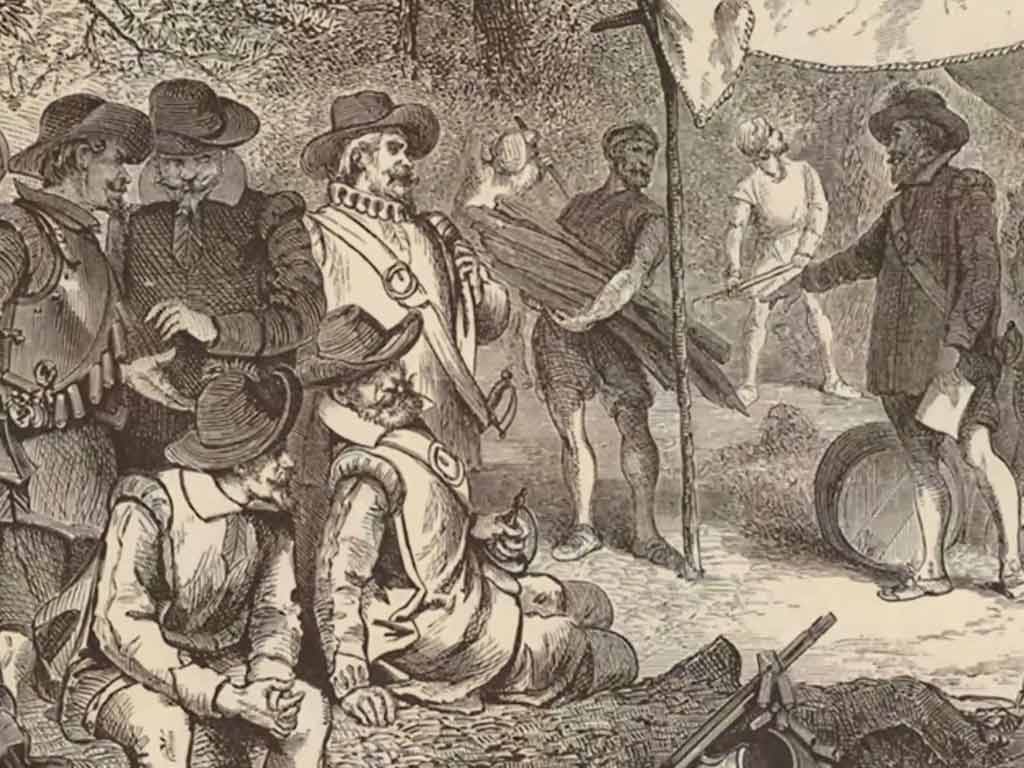
Its autonomous governance and incorporation laid the groundwork for democratic institutions built into eventual state and U.S. independence constitutions privileging assembly-led balance of power.
Education Bastion
Massachusetts was synonymous with quality education from its Puritan founding of Harvard and the printing press that later produced America’s first scientists, doctors, and statesmen.
Religious Liberty Roots
Despite initial religious conformity, the colony’s search for freedom seeded more tolerance over time, making Massachusetts a welcoming land for Catholics, Quakers, and diverse Protestant sects by the 18th century.
Revolutionary Spirit
Colonial Massachusetts emerged as a hotbed of political dissent toward Britain, with events like the Boston Tea Party birthing a fiery strain of patriotism driving America’s revolutionary independence.
So in many ways, the trailblazing Massachusetts Bay Colony punched above its weight in destiny, leaving an imprint on American identity that resounds through the ages.
FAQs
Who founded the Massachusetts Bay Colony?
The Massachusetts Bay Colony was founded in 1630 by English Puritan settlers led by Governor John Winthrop seeking religious freedom in America.
Where was the Massachusetts Bay Colony located?
It was centered around Boston and settlements along Massachusetts Bay, expanding to encompass Essex, Middlesex, and Plymouth counties over time.
How was the Massachusetts Bay Colony governed?
It was self-governed through a General Court of elected Puritan representatives, unlike direct crown rule used in other early English colonies at the time.
What religions were in the Massachusetts Bay Colony?
Its settlers were almost exclusively Puritans, with Catholicism and other Protestant groups like Quakers officially banned in the exclusively Puritan Congregationalist government.
Why did people immigrate to the Massachusetts Bay Colony?
Over 20,000 Puritan migrants sailed to join the colony from England during the 1630s-40s, seeking religious freedom along with land and economic opportunity in the New World.
Wrapping Up
When the first wave of Puritan migrants sailed for New England, they could scarcely envision the immense legacy their “city upon a hill” would have upon the landscape and identity not just of Massachusetts but all future America.
Despite material struggles, shortages, and dissent, their experiment in communal religious governance seeded something revolutionary.
From pioneering schools, print, and self-rule foundations to birthing freedom trails leading to independence, the colony’s cultural DNA flows through time.
With initially mixed relations with natives turning tragic by the late 1600s, the way was paved for this small colony to wield influence disproportionate to its size in setting young America’s soaring trajectory toward opportunity.
Jaclyn Lowe